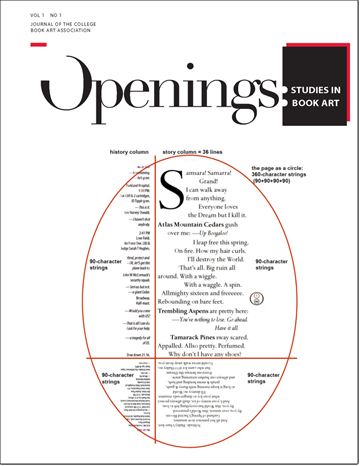Animated Pages: The Virtual (R)Evolution of the Book
Abstract
Movement through space, time, and materiality are the prime underpinnings of the artists book form. Elements of structure, sequencing and position, whether hidden or overt, shape an experience – an imagined, created space that can be at once “read” and felt.
The fictional animated pages seen in every Harry Potter movie become a metaphor for the myth of created space-time. They epitomize the absorbing effects of created experience. They combine our embedded “knowledge” of the printed page with progressive temporal and spatial development and technological adventure.
These combinations invoke diverse contemporary forms as the book leaves its material skin, combining immateriality and memory with invented experience. The videos of the 2004 Indonesia-based collective Tromarama use the page-like sequentiality of stop-motion animation, combining techniques such as woodcut, photocopy, collage, embroidery, etching, and drawing to the sound of trash metal bands. The prints of Edward Bernstein become the visual framework in an imaginary video dance. The paper figures of William Kentridge assume living characters. The videos of Patricia Villalobos Echeverria embed themselves into her artists books. The flow of images into time is also reversed, in the conversation between moving media and woodcut in the work of Christiane Baumgartner, as journeys through time become halted by the woodcut print.
My interest in such transformations is through my practice in prints, books, and eventually through the immersive medium of virtual reality. In these VR works, book-like components of structure, sequencing and position, whether seen or unseen combine active real-time participation with the discovery of ancient images from archeology, historical texts, and proto-verbal markings. Visitors connect with each other in its environment, by creating their own gestural tracery within its sphere.

